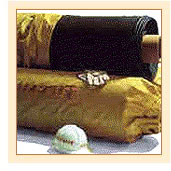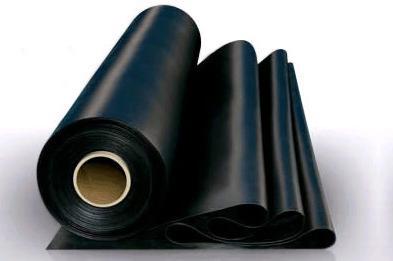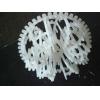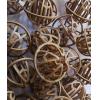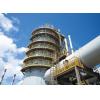It is to be noted that the abbreviation of this rubber is EPM or EPDM which means that the rubber consists of ethylene and propylene (EPM), but the letter D tells us that a diene is also present (EPDM). The third monomer, that is, diene makes it possible to cure the rubber with sulfur since it introduces double bonds in the structure which changes the structure to an unsaturated polymer.
Properties of ethylene propylene diene monomer
- This rubber has excellent resistance to atmospheric ageing and oxygen.
- It has good ozone resistance.
- It has good resistance to most water-based chemicals.
- It also has resistance to vegetable-based hydraulic oils.
- It has however very poor resistance to mineral oils and di-ester based lubricants.
- This rubber has stable, saturated polymer backbone structure.
- It has excellent resistance to heat.
- It has good electrical resistivity.
- The EPM or EPDM rubber is also resistant to polar solvents like water, acids, alkalies, phosphate esters and many ketones and alcohols.
Since EPM or EPDM rubber does not crack outdoors, it is widely used for seals in buildings and in the automotive industry. Some other applications are steam hose, high temperature-resistant seals and roll covers. Polymerization and catalyst technologies in use today provide the ability to design EPM to meet specific and demanding application and processing needs. This has resulted in broad usage in following industries:
- Automotive weather-stripping and seals
- Glass-run channel
- Radiator
- Garden and appliance hose
- Tubing
- Belts
- Electrical insulation
- Roofing membrane
- Rubber mechanical goods
- Plastic impact modification
- Thermoplastic vulcanizates
- Motor oil additive applications
Ethylene-propylene rubbers are one of the most versatile, fastest growing synthetic rubber polymers. Excellent resistance to heat, oxidation, ozone and weather aging have led to increased demand for this rubber in automotive, construction, and mechanical goods applications. Current and emerging advanced polymerization and catalyst technologies have also led to design of polymers to meet application and processing needs that are very important to meeting the ever-increasing demands for product quality, uniformity and performance.


